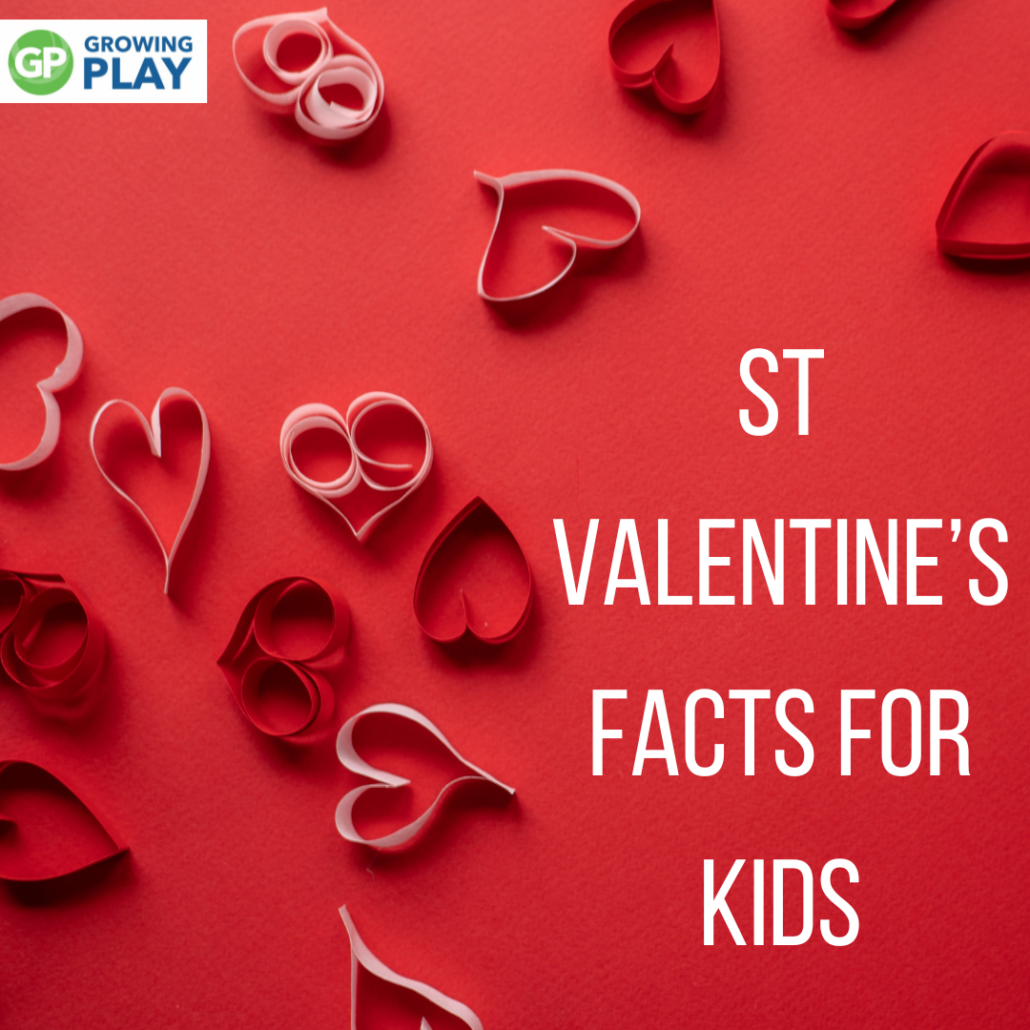St Valentine Facts for Kids

Valentine’s Day, a celebration filled with hearts, candy, and love, has a rich history that many don’t know about. Learn more with these St Valentine Facts for Kids which will uncover the origins of this special day and reveal why it’s celebrated worldwide. Be sure to check out all the Saint Valentine’s Day freebies at the bottom of the post!
10 St Valentine Facts for Kids
St. Valentine’s Day is not only about candy and cards; it’s a day rich in history and fascinating facts. Here are some intriguing tidbits that kids will love to learn and share:
- First Celebration: The very first Valentine’s Day celebration was held in the year 496, making it a tradition that’s been around for more than 1,500 years!
- Patron Saint of Beekeepers: St. Valentine is known as the patron saint of beekeepers, promoting a sweet life and offering protection against bee stings.
- Relics in Dublin: The relics of St. Valentine can be found in the Whitefriar Street Carmelite Church in Dublin, Ireland, a place where people from all over the world gather to honor the saint.
- Multiple Valentines: There might have been more than one St. Valentine! The Roman Catholic Church recognized different individuals with the name Valentine, all celebrated on February 14th.
- Colorful Roses: Red roses are a popular Valentine’s Day gift because they symbolize love and romance, but different colored roses have different meanings. For example, yellow roses symbolize friendship!
- Candy Hearts: The famous conversation hearts candies were first made in 1866 and have been a staple of the holiday ever since.
- Oldest Valentine: The oldest known Valentine was written in 1415 by Charles, Duke of Orleans, to his wife while he was imprisoned in the Tower of London.
- Valentine’s Day Cards: Valentine’s Day is the second-largest card-giving holiday, with an estimated 1 billion Valentine’s Day cards exchanged annually.
- Global Celebrations: Different countries celebrate Valentine’s Day in unique ways. For instance, in some Latin American countries, the day is known as ‘Day of Love and Friendship.’
- Chaucer’s Connection: The association of Valentine’s Day with love and romance is largely attributed to the poet Geoffrey Chaucer, who linked the day with romantic love in his works during the Middle Ages.
These fun facts about St. Valentine’s Day bring to light the rich history and global traditions that make February 14th a day to celebrate love in its many forms!

Love Puzzle Packet
Discover More with Growing Play
Embark on a journey through the charming world of St. Valentine’s Day with a variety of activities and resources courtesy of Growing Play. Whether you’re a teacher, a parent, or a curious learner, these links offer creative and educational ways to engage with the history and celebration of this special day:
- Fun Facts for Kids: Dive into this huge list of fun facts for kids! So many topics to choose from!
- Valentine Word Search: Challenge your word-finding skills with a Valentine-themed puzzle, great for improving vocabulary and concentration.
- Free Printable Unicorn Valentines: Add a magical touch to your Valentine’s Day with these unique and adorable unicorn-themed cards.
- Valentine’s Day Photo Booth Props: Make your Valentine’s Day celebrations memorable with these fun and creative photo booth props.
- Unicorn Valentine’s Day Card Freebie: Spread love and magic with these enchanting unicorn Valentine’s Day cards, perfect for sharing with friends and loved ones.
- Valentine’s Day Maze: Navigate through the twists and turns of love in this engaging Valentine’s Day-themed maze activity.
Explore these resources for a fun, educational, and interactive celebration of St. Valentine’s Day!
More St Valentine Facts for Kids
The story of St. Valentine’s Day begins in the Roman Empire during the 3rd century. During this time, a Roman priest named St. Valentine of Rome became famous for his acts of kindness and love. Despite the emperor Claudius II’s orders, St. Valentine continued to perform marriages for young Christian couples in secret. His bravery and belief in love made him a significant figure in the history of Valentine’s Day.
Interestingly, there are different stories about St. Valentine, causing enough confusion that the Roman Catholic Church recognized him as two distinct individuals: Saint Valentine of Rome and Saint Valentine of Terni. Both are celebrated on February 14th, known as the Feast of Saint Valentine or St. Valentine’s Day.
St. Valentine’s Day in the Middle Ages
By the Middle Ages, St. Valentine’s Day had become a significant day for love and romance. The English poet Geoffrey Chaucer and his contemporaries started to link the day with romantic love, a tradition that grew throughout the 14th century and beyond. This period also saw the beginning of the tradition of courtly love, a code of behavior among romantic partners that emphasized chivalry and admiration.
St. Valentine’s Day Traditions
As the centuries passed, St. Valentine’s Day began to take on the traditions we’re familiar with today. Pope Gelasius, in the 5th century, declared February 14th as the official feast day in the General Roman Calendar. This period saw the rise of greeting cards, known as ‘valentines’, which were exchanged between lovers and friends.
The Victorian era brought a significant boom in Valentine’s Day celebrations. Richard Cadbury introduced the first box of chocolates for the holiday in the late 19th century. Around the same time, in the United States, Esther Howland began mass-producing Valentine’s Day cards, marking the beginning of the greeting card industry’s association with the holiday.
Modern St. Valentine’s Day Celebrations
Today, St. Valentine’s Day is celebrated in many countries around the world. In the United States, it’s a major cultural and commercial celebration, with the National Retail Federation documenting extensive spending on gifts, cards, and romantic dinners.
Gifts often include red roses, symbolizing romantic love, and candy hearts with sweet messages. The tradition of exchanging Valentine’s Day cards remains strong, with millions of cards sent each year.
St. Valentine’s Day is not just a day for love and romance; it’s a day rich in history and tradition. From its origins in Ancient Rome to its modern-day celebrations, the day has evolved but always kept its core message of love and affection. Whether it’s through exchanging cards, giving gifts, or learning about the day’s history, St. Valentine’s Day continues to be a special day for people around the world. Kids of all ages enjoy the day with fun activities like coloring pages, word searches, and photo booth props, much like the ones you can find on Growing Play.



